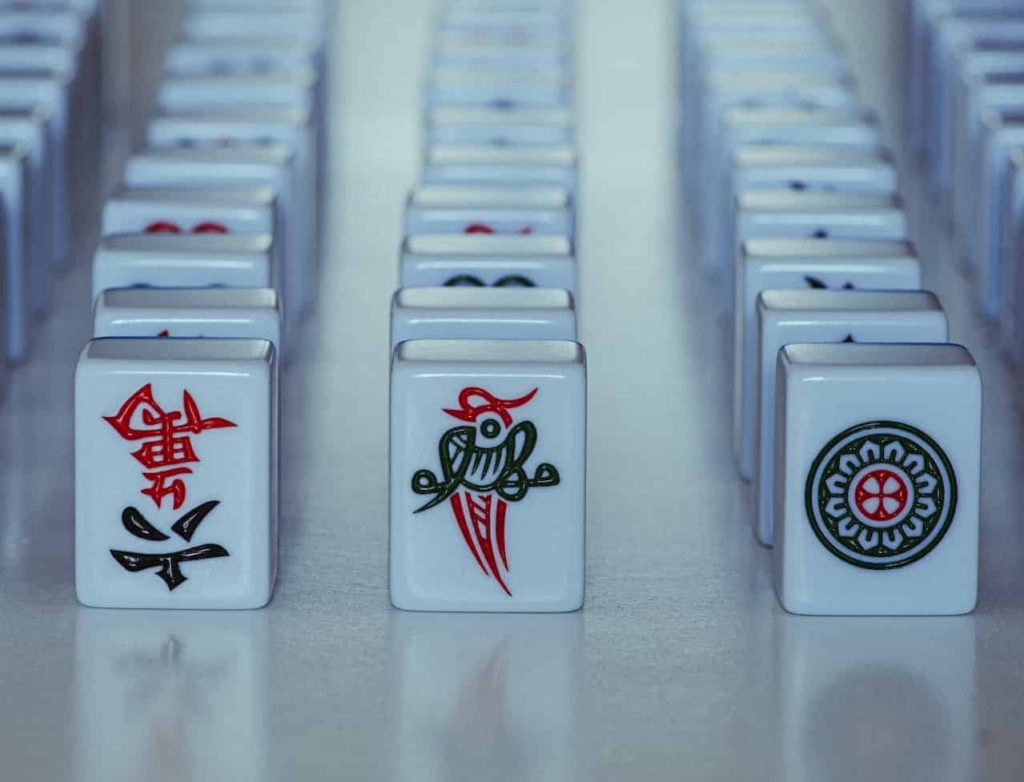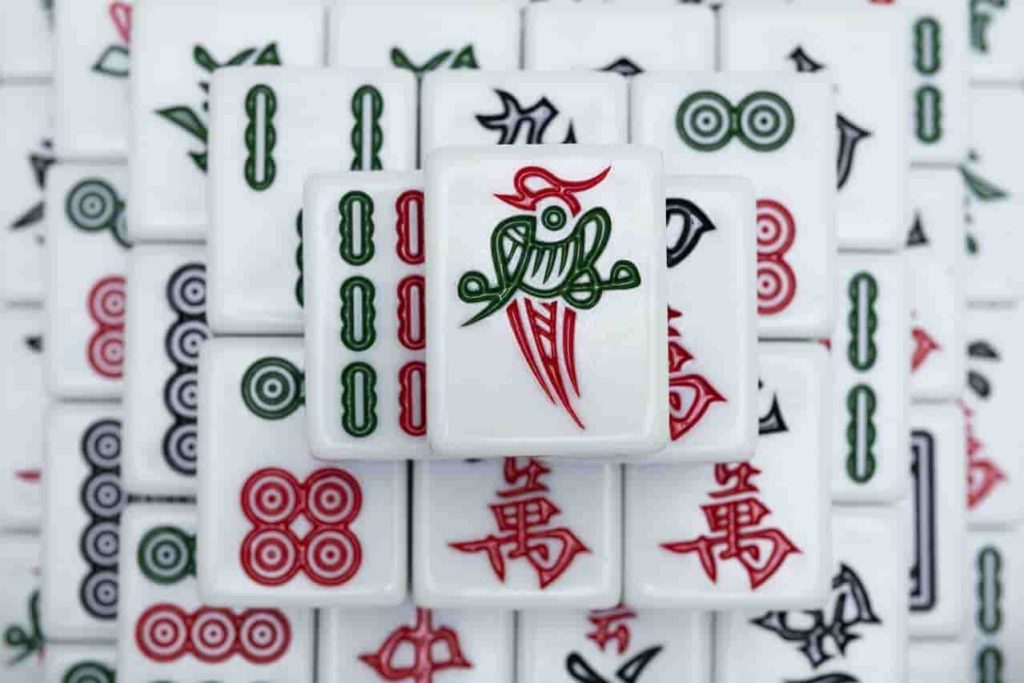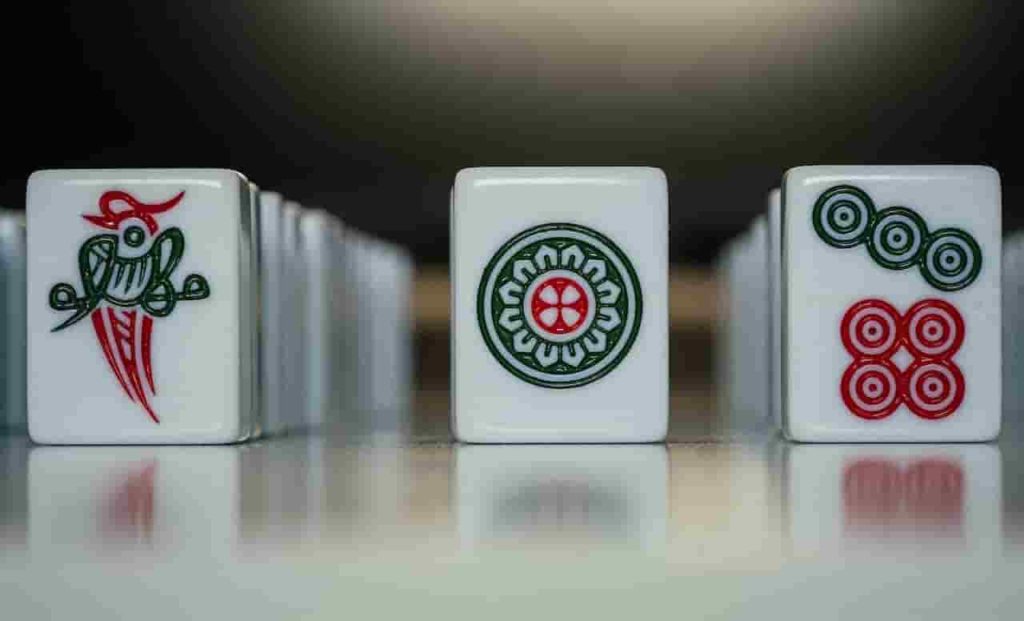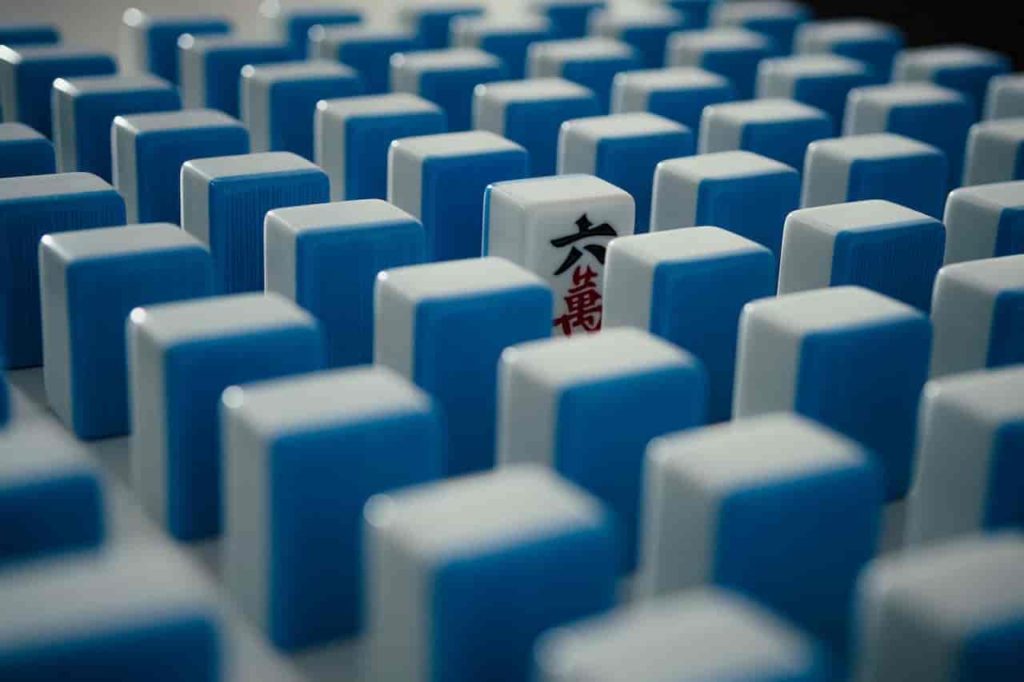Brief History of Mahjong
The origins of Mahjong can be traced back to China during the Qing dynasty. It was believed to have been created by Confucius himself as a way of teaching his students about ethics and morals through gameplay. Initially, it was only played by royalty and nobles, but with time, it became more accessible to commoners.
In modern times, Mahjong has become a global phenomenon with its presence extending far beyond Asia. The game has evolved significantly since its inception and has been adapted differently depending on where it’s played.
Learning How to Set Up a Game
Setting up a Mahjong game correctly is essential for smooth gameplay and ensuring fairness amongst players. Without proper setup, players may encounter difficulties during gameplay or fail even before starting if they haven’t positioned tiles correctly or distributed them evenly among players.
Also, learning how to set up a Mahjong game gives you an understanding of what each tile represents – their meanings and symbols – which are vital elements in gameplay that influence decision-making throughout the game. This knowledge can provide you with an upper hand during gameplay, making it even more enjoyable.
Understanding the Mahjong Set
Types of Tiles and Their Meanings
Mahjong is played with a set of 136 tiles, split into three main categories: suits, honors, and flowers. Each category has its unique set of tiles. There are three suits in a Mahjong set – dots, bamboo, and characters.
The honor tiles are divided into two types- winds and dragons. In total, there are four wind tiles (North Wind, South Wind, East Wind, West Wind) and three dragon tiles (Red Dragon, Green Dragon & White Dragon).
The flower tiles are optional but add variety to the game. They have no value in terms of gameplay but provide bonuses to players who draw them during play.
There are four flower tiles (Plum Blossom Flower Tile, Bamboo Flower Tile, Chrysanthemum Flower Tile & Orchid Flower Tile). Understanding the different types of tiles is essential as each tile has specific meanings that determine whether it can be used to form a winning hand or not.
Different Sets Available in the Market
There is a wide range of sets available in the market for players to choose from. The traditional sets usually have Chinese symbols printed on them but may also come with English translations for easier comprehension by non-Chinese speakers. Modern sets feature various designs like cartoon characters or animals instead of Chinese symbols.
Additionally, you can purchase travel-sized versions of mahjong sets that come with smaller-sized tiles and compact cases for easy transport. Some sets also come with carrying cases that make it easier for players to store their game pieces when not in use.
Another option is playing online Mahjong games which require no physical set up other than having an internet connection and an electronic device such as a computer or smartphone. However, these games lack some aspects like tactile experience associated with traditional Mahjong games played using a physical set.
Setting Up the Game Table
Choosing a Suitable Location
When deciding where to set up your Mahjong game, consider a location that is large enough to accommodate the table and players. It’s also important to choose a well-lit area, as it can be challenging to differentiate between the tiles in dim lighting. Additionally, ensure that there is enough seating available for all players, and that they are positioned so that each player can easily reach their tiles.
As Mahjong is a social game, it’s also important to consider the ambiance of the setting. Playing in an environment with minimal distractions can help you focus on the game and enhance your overall experience.
Arranging Tiles on the Table
Once you have chosen a suitable location for your Mahjong game, it’s time to arrange the tiles on the table. The tiles should be placed in rows facing downwards and shuffled thoroughly before play begins.
There are different ways to arrange tiles depending on regional variations of Mahjong but generally they are stacked in two rows of 18 tiles each, leaving space at either end of this wall for building and breaking down “the wall” during play. Make sure that each player has a clear view of their own hand while playing by positioning them appropriately around this wall according to where they sit at the table.
Placement of Dice and Wind Indicators
To start each round of play, dice must be rolled to determine which player will be East Wind (the dealer). The wind indicator should be placed next to East Wind’s stack so players know who currently holds this position.
In addition, there are four directional winds – North, South, East and West – which change throughout gameplay as determined by whether certain hands have been won or lost by players holding these positions. The wind indicators should also be placed next to these corresponding stacks so that the players can keep track of the winds.
A spare set of dice should be made available in case one gets lost during play. With these preparations complete, you are now ready to begin playing your first game of Mahjong!
Determining East Wind and Dealing Tiles
Rolling Dice to Determine East Wind
Before the game begins, players must determine which player will be the first dealer and where East is located. This is done by rolling three dice and using the total number rolled to count around the table, beginning with the player who rolled the dice. The player counting around must begin with themselves, so if they roll a total of 9, they would count themselves as 1, then continue clockwise until they reach 9.
This player becomes the dealer and is assigned the position of East. The remaining players are then assigned positions in a clockwise order: South, West, and North.
These positions determine which tiles each player may pick up during gameplay as well as which wind indicators they have. It’s important to note that these positions are not permanent; they change from round to round based on who wins each hand.
Distributing Tiles to Players
Once East has been determined and all four players have taken their positions at the table, it’s time to distribute tiles for gameplay. The dealer will take his or her stack of tiles and begin distributing them in a counter-clockwise direction starting with him/herself.
Each player should receive 13 tiles. Since there are only 136 tiles in a Mahjong set (excluding jokers), this means that there will be only enough for one round of play unless someone chooses to play without flowers or seasons.
After each player has received their initial set of tiles, an additional tile is dealt face-down in front of each player except for East who receives two extra tiles. These extra tiles are known as “bonus” or “flower” tiles and come into play during certain situations within gameplay.
It’s important for players to remember that picking up or looking at other players’ tiles before it’s their turn is strictly forbidden and can result in a penalty. Once all tiles have been distributed, gameplay can begin.
Building the Wall and Breaking It
Building the Wall With Tiles Facing Down
After the tiles have been distributed, the next step is to build the wall. The purpose of building the wall is to hide the tiles from other players and to create a barrier between players. You should build two walls of tiles, one on top of another, in a rectangle shape.
The walls should be built with all the tiles facing down so that none of the players can see what each tile is. Begin by placing two stacks of 17 tiles side by side along one edge of your table.
Then place two more stacks next to those, making sure that these new stacks are perpendicular to (at right angles with) the first ones you laid down. Repeat this process until you have made 18 stacks in total; each stack should consist of two horizontal rows and two vertical columns of tiles.
Breaking the Wall and Arranging Tiles for Play
Once you’ve built your wall, it’s time to break it! Rolling dice will determine which player gets to break the wall first. The player whose turn it is rolls two dice; they then count from right to left along each stack in order until they reach their count as determined by their roll.
The player will then separate this tile (and everything above it) from its neighbors on both sides and place it into their hand, face up, so everyone can see what they drew. This process continues around the table until all players have drawn 12 tiles – four at a time starting with East Wind.
The remaining set will now be organized in specific ways based on chosen rules discussed earlier but for most games after drawing initial hands extra pairs are removed and arranged at either end leaving only four sets in front of each player consisting of four characters or numbers plus any number of honor or dragon cards that match them. At this point, the game has officially begun and players can start to form sets and pairs, discard unwanted tiles and try to win the game.
Playing Mahjong
Now that you know how to set up your Mahjong game, let’s move on to playing the game itself. The rules of Mahjong can seem overwhelming at first, but with a little practice and patience, you’ll quickly get the hang of it.
Basic Rules and Objectives of the Game
The objective of Mahjong is to create a complete hand of tiles by forming sets and sequences. A set consists of three identical tiles, while a sequence consists of three consecutive tiles in the same suit.
In addition to these basic combinations, there are also bonus tiles that can be used to create special hands. Each player starts with 13 tiles, and the aim is to draw and discard tiles until you have created a complete hand.
Players take turns drawing a tile from the wall or taking a tile discarded by another player, then discarding one tile from their own hand. The first player to form a complete hand wins!
Strategies for Winning
To win at Mahjong, you need both luck and strategy on your side. Here are some tips for improving your chances:
Prioritize creating sets: sets are easier to form than sequences because they require only three identical tiles instead of three consecutive ones.
Avoid discarding useful tiles: don’t throw away tiles that could be useful in creating sets or sequences later in the game.
Pick an advantageous seat: some players believe that sitting in certain positions around the table gives them better luck or an advantage over other players.
Stay flexible: be willing to change strategies based on what tiles come up during play.
Mahjong is a fascinating game that rewards both skill and luck. By learning the basic rules and implementing smart strategies, you’ll be well on your way to becoming a Mahjong master!
Conclusion
Recap of Steps in Setting Up a Mahjong Game
Setting up a Mahjong game involves understanding the Mahjong set, arranging tiles on the table, determining East Wind and dealing tiles, building the wall and breaking it, and playing the game. Understanding each step is crucial to ensure that the game runs smoothly.
Before starting a game with friends or family members, it is important to familiarize oneself with these steps to avoid confusion. When setting up a Mahjong game for the first time, you may feel overwhelmed at first.
However, after going through each step carefully and with practice over time, you will become more confident in your abilities. It is important to take your time during setup to avoid mistakes that could ruin gameplay later on.
Encouragement to Practice Playing Regularly
As with any new skill or hobby, regular practice is necessary to improve one’s abilities and become proficient at playing Mahjong. Don’t be discouraged if you don’t win right away – learning strategies and becoming more comfortable with the rules takes time. It’s important to enjoy learning from every experience and have fun with friends or family members while playing.
Playing Mahjong can also be a great way to socialize and bond with others. Whether it’s hosting a weekly game night or attending local tournaments, there are many opportunities available for those who want to immerse themselves in this exciting game.
Setting up your first Mahjong game can seem intimidating at first glance but taking it one step at a time will make it achievable for anyone. With dedicated practice comes mastery of this skillful Chinese tile-based strategy game that has been enjoyed by millions of people around the world for centuries.





